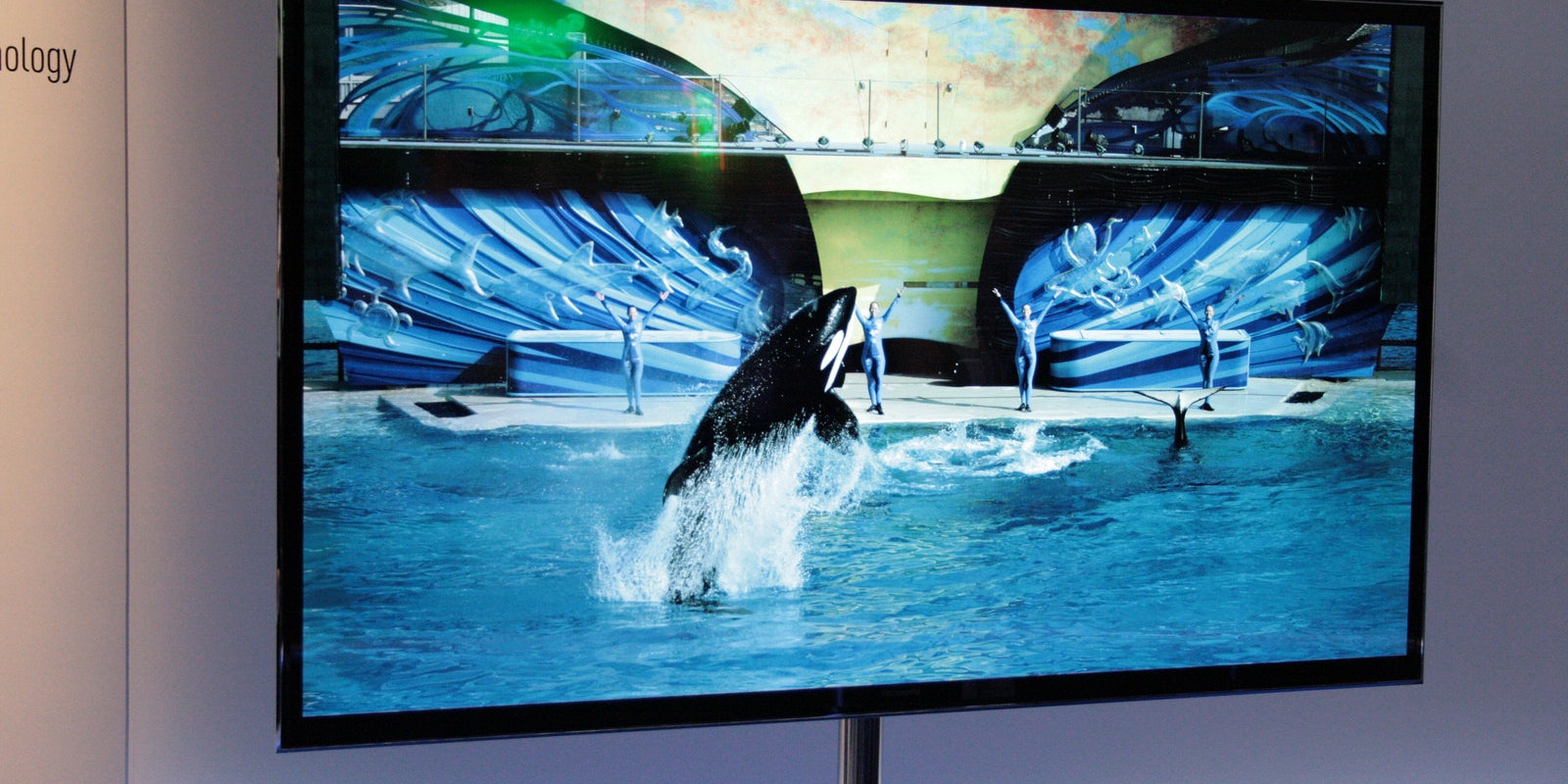You no longer are in control of your television set.
One of the buzzier and least-understood technology announcements made at the 2015 Consumer Electronics Show deals with smart televisions. A smart television is a good-old-fashioned television set that comes with a built-in Wi-Fi connection and an operating system that allows the consumer to not only view over-the-air, cable, and satellite programming, but also connect to the Internet to increase their programming options.
The number of different competing television operating systems on display at CES (as well as prior to the event) will inevitably lead to mass confusion, not unlike the VHS/Betamax, PC/Mac battles. Understanding the differences between how smart TVs work, what content is included, and what level of control is left to the user will have a chilling effect on the growth of Web content made for streaming and services such as Netflix, Hulu Plus, Crackle, and others.
The latest to join the TV Tower of Babel is Panasonic, which announced at CES its plan to use Firefox (yes, the Web browser provider) as its smart TV operating system for it new line of 4K TVs. The Firefox interface is a bit crude, but it offers powerful search and the ability to easily customize the home screen.
When you get past the tech speak and drill down on what matters most to consumers, the bottom line is that while competing TV operating systems are independent, they ultimately carry similar programming: The TV interfaces from Google/Android, Apple/iOS, Roku, Chromecast, and now Firefox each carry such services as Netflix, Hulu Plus, YouTube, and such streaming audio services as Pandora and Spotify. They differ in the way they select partners and share revenue. Of greater importance (more in the future than now), they each have their own Web-based advertising service systems which sends targeted ads to the screen.
Firefox is a product of Mozilla, an open system that is fueled by a network of developers. Unlike its competitors in the TV operating system business, it is an open-source network in which the community is responsible for technological advancements. In theory, open-source systems such as Firefox make it easier for content partners to connect their services to a browser or—in this case—a Web-powered television. Roku, Google, Apple, Amazon, and others don’t make the full details of their technology specs available to developers.
Panasonic’s deal to use Firefox as its operating system marks a shift for smart TV manufacturers such as Samsung who have in the past deployed their own proprietary interfaces. Earlier at CES, TCL, Haier, and Insignia announced they would use Roku TV as their consumer interface.
In the short term, consumers may wind up with a number of different Web-based operating systems in play in their living rooms. For example, if you have a TV without built-in wireless and connect a Chromecast stick and Xbox 360 console via the set’s HDMI inputs, you have a Google vs. Microsoft battle on your hands. Add in a Roku box or stick, and it’s an all-out war with you, the consumer, as collateral damage.
Fear not. It will only get worse before it gets better.
Photo via nodomain1/Flickr (CC BY 2.0)


